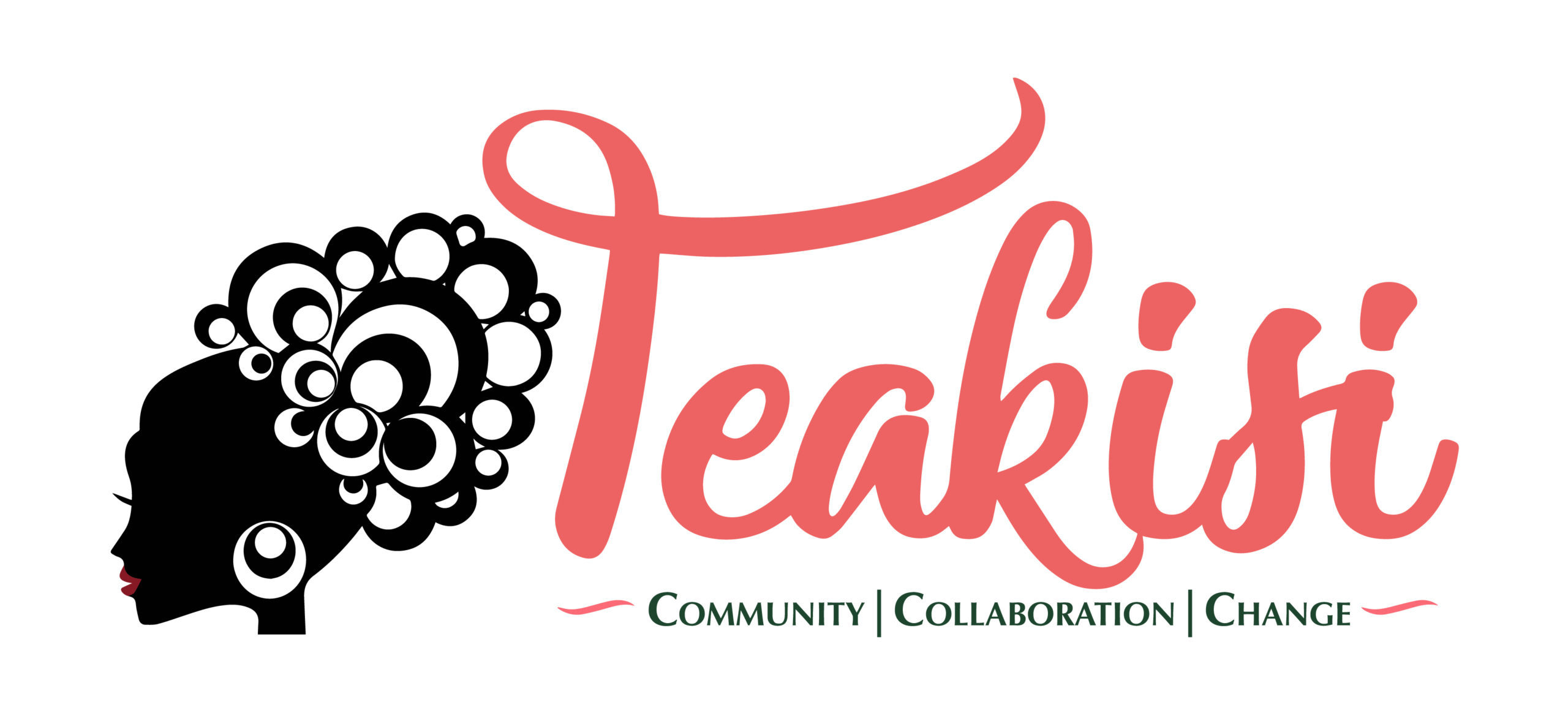By Cynthia Kinyera
I recently heard of body neutrality and one of my first thoughts was… why am I just finding out about this now? Most of us have heard of body positivity, which has been popularised in media and championed by many celebrities. But it has never completely “clicked” for me, and learning about body neutrality helped me fill in some of the blanks.
What is Body Neutrality?
Body neutrality is a concept that is rooted in appreciating what our bodies do, not what they look like. Smiling, exercising, dancing, reading, walking, hugging a loved one; the focus is on how our bodies help us live and not their appearance. It recognises that how a person feels about their body doesn’t have to be a binary of love and hate. Peace can be found in the middle ground; neutrality.
It was popularised by Anne Poirer who started the Body Neutrality Workshop at the women’s-only Green Mountain at Fox Run wellness retreat in 2016.
What is Body Positivity?
On the other hand, body positivity is a philosophy that encourages people to have a positive view of their bodies and personal appearance, regardless of what they look like. It challenges negative social stereotypes of what is considered physically beautiful or desirable, and has notably challenged fatphobia. Many people now think of it in relation to confidence and self-love.
My Opinion
I think what is healthiest for me is somewhere between the two. I don’t think either label fully encompasses what I want and need, so I simply take points from both movements.
What I like about body neutrality is that it is more realistic. Body positivity has morphed into this external pressure to constantly love yourself and to constantly find every part of yourself beautiful. In today’s society, women are guilted for not feeling beautiful every breathing moment.
Whether from a subjective or objective perspective, I do not believe that everything under the sun is beautiful, or every part of a person’s body is beautiful. To believe so would make beauty meaningless. If everything were beautiful, then nothing would be beautiful.
So no, I do not think pimples or cellulite are beautiful. But that’s the thing. They don’t have to be. They are simply normal. You can be at peace with yourself even if you do not find every tiny part of yourself beautiful, even if you don’t constantly romanticise every part of your existence. It is okay to simply… exist. Author Autumn Whitefield-Madrano said that “The times I’m happiest are when I’m not thinking about my body at all” and that is a concept which may not completely mirror my experience, but it is one I relate to.
However, I do recognise that societal beauty standards are often moulded by discriminatory ideals. Fatphobia, colourism, texturism, ableism, name it. Most of us are still unlearning a lot of these dangerous mindsets that are inherently discriminatory, but ingrained into our collective consciousness. The body positivity movement helped bring a lot of these injustices to light.
I think that body positivity can be tone deaf when it comes to illnesses and pain. Ironically, it was first created to cater to people whose bodies didn’t fit the societal ideal, but it has become so commercialised that it now often leaves them out. I could never walk up to someone with a painful, debilitating disease and tell them, oh, you need to love the parts of your body that are screaming with pain. It seems quite heartless to be honest.
What I like about body positivity is that it gives women the courage to unashamedly love themselves, to bask in their own glory. Only a few years ago such attitudes would wrongly be labelled as vanity or arrogance. It has been truly freeing for many women who did not fit into strict beauty standards, and we love to see it.
Sometimes I do want to speak very highly of my body, to take pictures and revel in my own beauty. Other days my appearance doesn’t matter to me, and I do not feel compelled to pay it much attention. Both are okay. Both are healthy in moderation. I believe that both body neutrality and body positivity help people, and one should use whatever works for them. So whether you subscribe to one of or none of these movements, what’s important is that you are healthy and balanced.


Well I do agree with this article and in my deeper understanding as humans we are diverse from race to culture, to size, shape and the whole bit of one form of beauty as ideal and the rest considered non beautiful is very wrong. There are many variables to the whole biased approach of beauty from racism, to colourism, to social classing, to religion and for people to move forward and have no bigoted views towards beauty. Theres beauty in diversity. Body shaming is a very horrible thing and its majorly re-enforced by beauty industry standards which is still backed by racism majorly and body shaming.
I do agree that body neutrality is a better outlook.
As long as your healthy mentally and physically is what matters the most